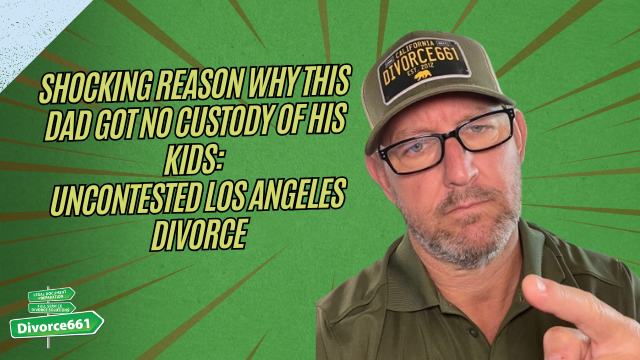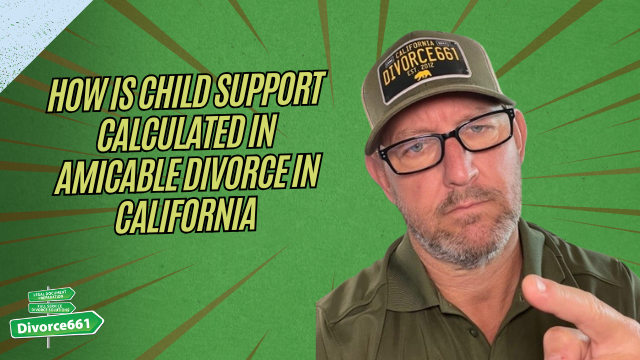⚡️ Shocking Reason Why This Dad Got No Custody of His Kids: Uncontested Los Angeles Divorce
When it comes to divorce, custody battles are often the most emotionally charged and complicated part of the process. However, what happens when one parent decides they do not want custody at all? I recently handled a case like this, and the outcome might surprise you. In this article, I’ll walk you through an amicable divorce case where the dad chose not to seek custody of his children, and how the court handled this uncontested divorce in Los Angeles.
Understanding Custody Decisions in Divorce
Custody arrangements are a critical component of any divorce involving children. Typically, both parents may seek custody or visitation rights, and courts work to establish what’s in the best interest of the child. But what if one parent simply does not want custody? This situation, while less common, does happen and can sometimes simplify the divorce process.
Case Overview: No Custody Requested by the Dad
In the case I recently filed, the petitioner—the dad—did not want any custody of his child. This decision could be due to a variety of personal reasons, but regardless, it had a significant impact on how the divorce proceeded.
Because the dad was not seeking custody, the divorce became an uncontested matter. This means there were no disputes over child custody, which can often be the most time-consuming and contentious part of divorce proceedings.
The Benefits of an Uncontested Divorce
- Faster Court Approval: Since there were no custody disputes, the court approved the divorce swiftly.
- Efficient E-Filing Process: We utilized a 24-hour e-filing service, which expedited the paperwork submission and review.
- Reduced Legal Costs: Without the need for custody hearings or disputes, legal fees were minimized.
- Less Emotional Stress: Both parties avoided prolonged custody battles, reducing emotional strain on the family.
How the Court Approved the Divorce
After filing the documents electronically, the court reviewed and approved the divorce petition promptly. The absence of custody requests or disputes made the process straightforward. The case demonstrates that when both parties are in agreement—or when one party opts not to seek custody—divorce proceedings can move quickly and smoothly.
What This Means for Parents Considering Divorce
If you’re a parent going through a divorce and are unsure about custody arrangements, it’s important to understand that not seeking custody is an option, though it comes with serious considerations. Choosing not to pursue custody means relinquishing parental rights to direct care and decision-making for your child, which is a significant and personal decision.
For those who do not want custody, an uncontested divorce can be a practical route to finalizing the separation without extended court battles. However, it’s always wise to consult with a legal professional to fully understand the implications and ensure that your rights and responsibilities are clear.
Final Thoughts
This case highlights a less common but important scenario in divorce proceedings—one where a parent voluntarily forgoes custody. The process was smooth, quick, and approved by the court without issue, thanks to the uncontested nature of the divorce.
If you find yourself facing a similar situation or want to learn more about how custody decisions affect divorce outcomes in Los Angeles, reach out to a knowledgeable divorce attorney who can guide you through your options.
Remember, every family’s situation is unique, and what works for one may not work for another. The key is to make informed decisions that serve the best interests of everyone involved, especially the children.


